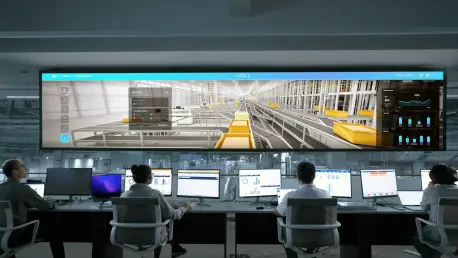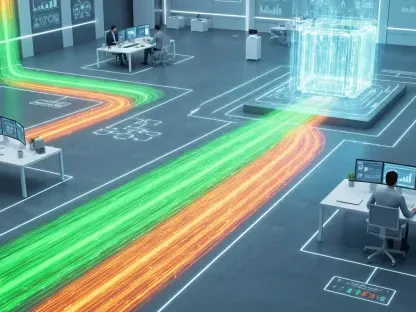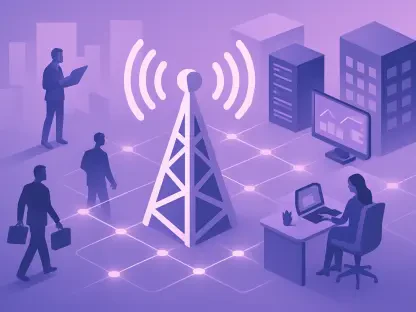As data centers grow exponentially due to the increasing demands of digital technologies, particularly AI, their water consumption has become a pressing concern. This presents a critical challenge in Europe, where record-high temperatures and stringent EU regulations demand a reassessment of water usage practices. Understanding how data centers can optimize water use in this regulatory environment is vital. This analysis provides insights into the evolving landscape of data center operations, highlighting regulatory pressures and the drive towards better water efficiency amidst environmental challenges.
Examining Market Trends and Projections
The European Commission has flagged excessive water utilization by data centers as an issue needing urgent attention. As various regions continue to experience persistent droughts, the Commission’s draft on water management calls for significant policy reforms to manage water resource consumption. These reforms emphasize stricter regulation of data centers’ water usage by 2026, suggesting an imminent need for industry adaptation. Traditional cooling methodologies such as closed-loop and open-loop systems are under increased scrutiny, with industry players like Microsoft exploring zero-water-consumption designs to align with these regulatory expectations.
Technological Solutions and Industry Responses
Industry stakeholders express concerns over the potential costs of standalone water regulations that could deter infrastructure investment in Europe. The Cloud Infrastructure Services Providers in Europe (CISPE) warns against regulatory fragmentation, advocating for harmonization paired with technological advancements and increased investments. They also highlight the need to expand water efficiency regulations beyond agriculture to encompass industrial entities like data centers.
Regional Observations and Innovative Approaches
Regionally, approaches to water use optimization within data centers vary. Public-private partnerships (PPPs) have emerged as viable avenues, promising sustainable financing of water infrastructures by marrying public oversight with private innovations. The integration of IoT networks and AI analytics has become pivotal in enhancing real-time water management and predictive capabilities. Such technology-driven solutions can potentially alleviate water scarcity by offering cloud-based, automated decision-making algorithms equipped to manage water resources efficiently.
Future of Data Center Water Sustainability
With escalating competition for renewable energy and potable water sources, resistant to disruptions from hypergrowth in AI and computing demands, industry-led initiatives like the Climate Neutral Data Centre Pact have set ambitious targets to achieve a Water Usage Effectiveness (WUE) of 0.4 liters per kWh by next year in water-stressed regions. Such a move aligns with advisory reports signaling the strain on resources and underscores the proactive efforts within the industry to address looming challenges without stunting technological advancement.
Conclusion
Findings revealed that optimizing water use in data centers required an intersection of regulatory adaptation, technology investment, and collaborative strategies. By emphasizing regional variations and innovative approaches, stakeholders could address the multi-layered nature of water management issues. Insights gathered called for continued engagement in reform initiatives, technological advancements, and partnerships that align with the EU’s environmental goals. Going forward, the success of data centers in navigating water use optimization depends on multifaceted strategies that integrate regulatory compliance, infrastructural investment, and technological innovation, ensuring sustainable growth while mitigating environmental impacts.









